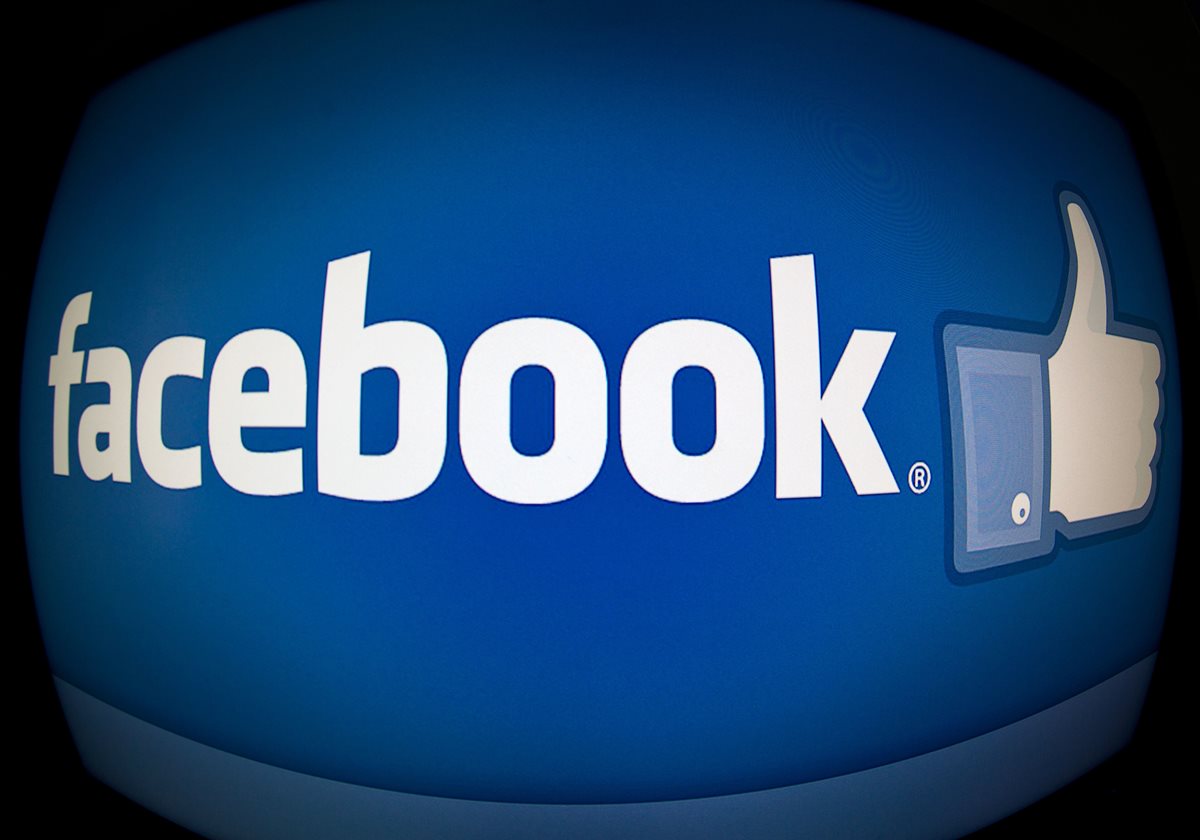A partir de esta semana, el cara libro, pondrá a prueba seis nuevos tipos de interacciones con los post de la red social. Estos son: Me encanta, me divierte, me alegra, me asombra, me entristece y me enfada, según comunicó la compañía.
Las seis interacciones estarán solo en periodo de prueba en España e Irlanda por un período de tiempo que la compañía aún no ha especificado.
Today we're launching a test of Reactions — a more expressive Like button. The Like button has been a part of Facebook for a long time. Billions of Likes are made every day, and Liking things is a simple way to express yourself.For many years though, people have asked us to add a "dislike" button. Not every moment is a good moment, and sometimes you just want a way to express empathy. These are important moments where you need the power to share more than ever, and a Like might not be the best way to express yourself.At a recent Townhall Q&A, I shared with our community that we've spent a lot of time thinking about the best way to give you better options for expressing yourself, while keeping the experience simple and respectful. Today we're starting to test this.Reactions gives you new ways to express love, awe, humor and sadness. It's not a dislike button, but it does give you the power to easily express sorrow and empathy — in addition to delight and warmth. You’ll be able to express these reactions by long pressing or hovering over the Like button. We’re starting to test Reactions in Ireland and Spain and will learn from this before we bring the experience to everyone. We hope you like this – or can better express how you’re feeling!
Posted by Mark Zuckerberg on Jueves, 8 de octubre de 2015
Clamor popular
Muchos usuarios llevan años reclamando que la red introduzca un icono de rechazo o desagrado a una publicación, lo contrario del existente pulgar hacia arriba denominado me like o me gusta.

